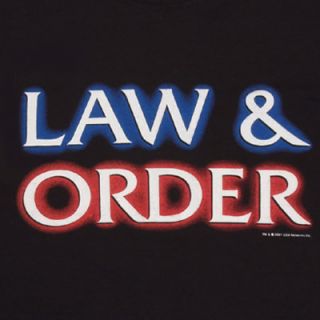Confidence
Improving Eyewitness Identification
Understanding memory can help the police do lineups better.
Posted November 30, 2012

Countless courtroom dramas culminate with a witness pointing to the defendant and identifying him (or her) as the perpetrator of some awful crime. The jury gasps, shaken. They retire to the jury room, and later return with a guilty verdict.
Despite the power of eyewitness testimony in convicting people of crimes, eyewitness identification is often unreliable. Many of the cases of innocent people who are convicted of crimes and later released based on DNA evidence were convicted largely on the basis of the testimony of eyewitnesses. On the flip side, there are many situations in which criminals go free because eyewitnesses were unable to identify them.
Part of the problem with using eyewitnesses is that the standard techniques used to identify criminals have stayed the same for a century or more. The technique makes a lot of sense, intuitively. Take a suspect along with several other people who fit the same general description and line them up. Have people pick out the one they think was the criminal. It is also possible to run this kind of lineup with pictures and even to do it sequentially, so that people see one picture at a time.
An interesting paper in the October, 2012 issue of Psychological Science by Neil Brewer, Nathan Weber, David Wootton, and Stephen Lindsay explores the lineup procedure in more detail. As they point out, a key problem with most current procedures is that eyewitnesses are allowed to take as much time as they want to identify potential criminals. That seems reasonable, but the extra time allows people to add all sorts of other criteria to their deliberations about the faces. For example, they might worry that picking a particular person would make it more like that person would be convicted, which might make them more conservative in their judgments.
To try to improve eyewitness identification, the authors tried a different procedure in which eyewitnesses see a set of pictures for 3 seconds each. After seeing the face for 2 seconds, they must rate their confidence that they recognize the face in the next second, using a sale ranging from 0% confident to 100% confident (in 10% increments). So, people are making very fast judgments about confidence.
In three studies, participants watched a few videos of events, and then were asked to identify the person they saw after a delay. In two studies, the delay was five minutes. In the third study, the delay was a week. Some participants did a more traditional picture lineup in which they saw a series of 12 pictures for as long as they liked and after each picture they responded whether that picture was the person they had seen earlier. Other participants used the speeded confidence procedure I just described with 12 pictures. In each case, one picture showed the person from the video and the other 11 were pictures that fit the same general description of the person from the video.
In the speeded confidence procedure, if there was one face that people rated with more confidence than the rest, that was taken as a selection of that person. If there was a tie between two or more faces, then that was interpreted as a lineup in which no face was recognized as having been in the video.
In each of the studies, participants were more accurate at identifying the person from the video using the speeded confidence procedure than using the traditional lineup. Indeed, when the delay was one week, participants were about 66% more accurate using the speeded procedure than when using the lineup.
Looking at the data more carefully, there are particular patterns of judgments in this task that indicate that someone recognizes a face. In particular, when there is a big difference in the confidence rating of one face relative to all of the others, then people are highly accurate in identifying a person. When there is only a small difference between the rating of one face compared to the others, people were not accurate.
Clearly, this procedure requires more testing. However, this technique has real promise. It seems that getting people to make fast judgments of recognition prevents them from overthinking the choice.
One reason why more work is needed, though, is that being the victim of a crime or seeing an actual crime occur is stressful. It is not clear how this stress affects the kinds of judgments required in this lineup procedure.
And who knows, someday when you are watching a police drama on television, this might be the kind of lineup you see being used.
Follow me on Twitter.
Check out my book Smart Thinking (Perigee)




